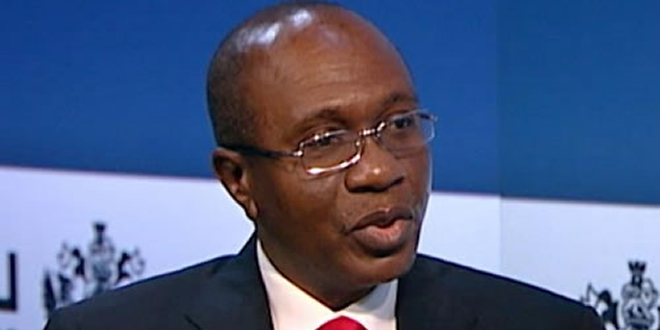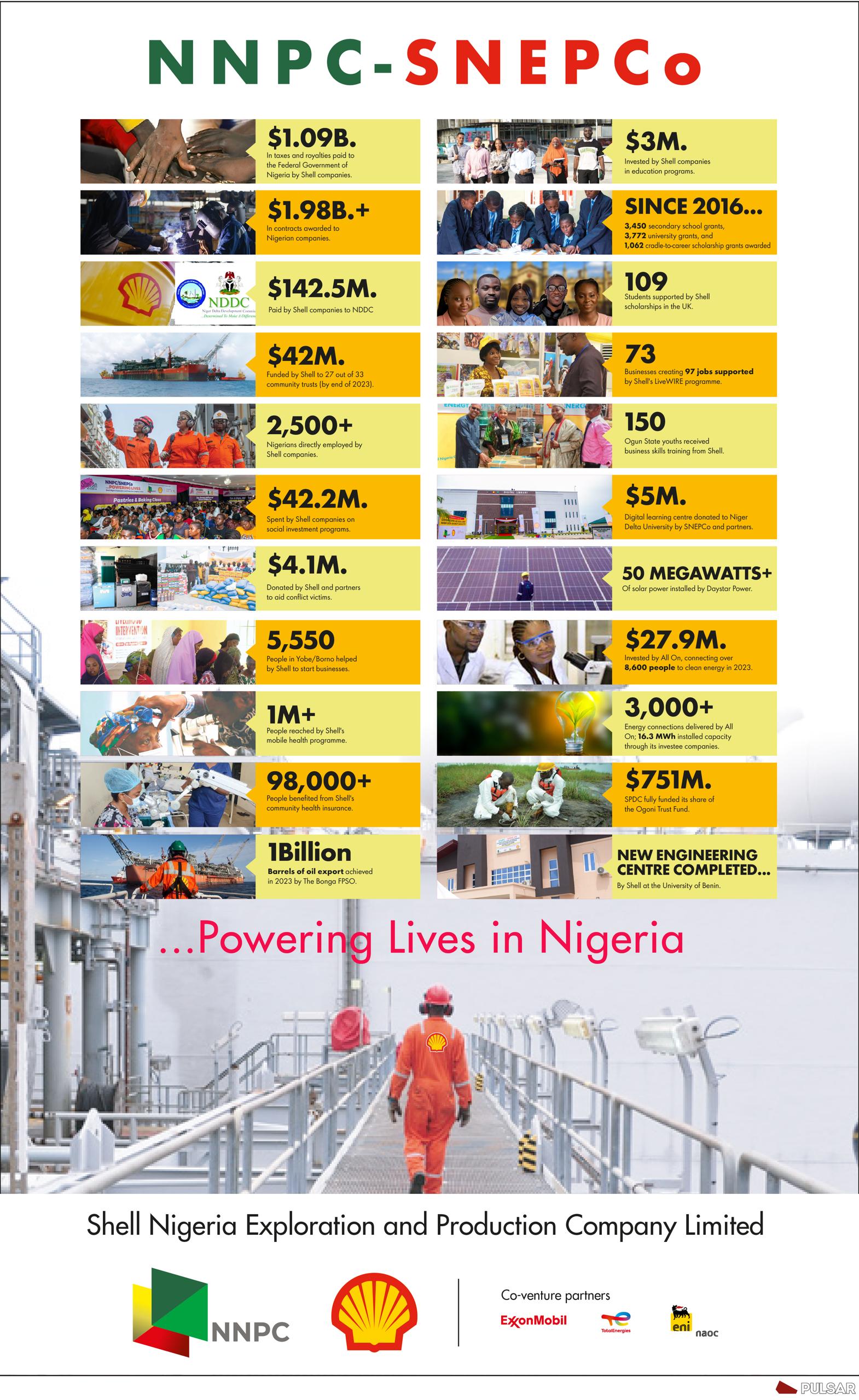Based on October 2015 data of Central Bank of Nigeria (CBN), Tuesday’s decision of the apex bank to cut the Cash Reserve Ratio (CRR) by 5.0 per cent, a total of N771.4 billion would be released to the banking system for commercial lending to the real sector. The CRR was reduced to 20 per cent from 25 per cent.

The decision, along with other complementary rate cuts, have been considered by financial analysts as the most significant among the several decisions of the CBN’s Monetary Policy Committtee (MPC) since this year.
The policy complements include the reduction in Monetary Policy Rate (MPR) to 11 per cent from 13 per cent while asymmetric corridor around the MPR at plus 200 bases points and minus 700 bases points was also introduced bringing the Standing Lending Facility (SLF) and Standing Deposit Facility (SDF) rates to 13.0 per cent and 4.0 per cent from 15.0 per cent and 11.0 per cent respectively.
However, the positive outlook of the new policy decisions was received with mixed feelings by many financial sector analysts.
Analysts at Afrinvest Group, a Lagos-based investment house, said, “The lower SDF rate and increase in liquidity level would lower competition for deposits among banks and we expect to see a decline in savings and interbank rates.
“The more accommodative stance is also expected to drive yields downwards in the secondary Bonds market as dealers are likely to bid-down on current rates in anticipation of lower yields at the primary market auction.
“We expect NIBOR rates currently at 10.1 per cent on average to adjust to the new SLF rate to an average of 7.1 per cent (if the same spread is maintained) while average yields on Treasury Bills and Bonds market (currently at 4.7 per cent and 10.5 per cent) are likely to also correct to 3.7per cent and 9.5 per cent respectively.
“Given the lower financial market rates anticipated, we expect slight reduction in prime lending rate.”
On the expected impact on credit to the real sector, Afrinvest analysts had this to say: “In the short term, we do not expect the ease in monetary policy to immediately translate to increase lending to the real sector, especially given the high risk retail/SME loans segment.
“Structural bottlenecks, weak quality of infrastructure and the current slowdown in economic activities constitute high risk to real sector lending, which would require more adjustments by the fiscal authorities to de-risk the sector.
“However, with the restriction on all cheap income lines, we expect a significant medium term expansion in Credit to the private sector (currently at N19.1tn in October 2015 and up 6.8%) by banks. This will necessitate banks to improve on their risk management framework to identify opportunities and earn a relatively higher margin compared to the cheap rates in the fixed income market and buoy assets turnover and shareholders’ return”.
Commenting on the MPC decisions on Tuesday, Greenwich Trust Limited, another Lagos-based investment house, said: ‘’We expect increased demand for short tenor instruments (T-bills, Commercial papers & 3-5 year Bonds) over the next week and a short-term rally on select counters at the equity market,” adding that the new policy moves will pave the path for government’s borrowing needs in 2016 to drive its spending plan and repay its existing debt.
The company also said the policy would have far-reaching implication for the inflation and exchange rates. According to them, ‘’These two indicators will likely deteriorate in the medium-to-long term as long as the accommodative policy persists”.
Economists at FSDH Merchant Bank Ltd have aggressively rejected rate cuts saying that the fundamentals of the economy do not support such policy direction and the policy would not achieve its intended outcome of increased banks lending to the real sector.
In their MPC Watch, they argued, “The excess liquidity in the system has depressed the yields on fixed income securities. The average excess liquidity in the system in the last two months is about N700bn. CBN has not been mopping up liquidity through its Open Market Operation (OMO) in the last two months. Nigerian banks have also reduced lending because of the unfavourable economic conditions and the fear of loan default.
“Our analysis shows that the current liquidity in the system will go if banks increase lending by 10 per cent. The gross loans of Nigerian banks stood at about N14 trillion as at full year 2014. A 10 per cent increase in the gross loans of the banks will lead to a loan creation of about N1.4 trillion. This will completely take out the excess liquidity from the system. A reduction in rate without addressing the fundamental issues in the economy may not stimulate lending”.
In addition, the analysts at FSDH said, “Tight monetary policy would be appropriate in view of the challenges the Nigerian economy is facing. Monetary policy has limitations to fully address the negative impacts of the external developments on the Nigerian economy. We therefore expect the MPC to maintain the current monetary policy stance. We also note that there is a need for a marginal depreciation in the value of the Naira to about US$/N215. This should help to increase the supply of foreign exchange from the foreign portfolio investors (FPIs) in the short-term”.
In its further analysis of the economic fundamentals, FSDH economists said, “The GDP growth is lower than the 6.23 per cent recorded in third quarter 2014. We believe the slowdown in the economy reflects the drop in the oil price and the security challenges. The political transition and the delay in the payment of workers’ salaries also contributed to the slowdown. We do not think a rate cut will address any of these issues. The inflation rate dropped to 9.3 per cent in October 2015, lower than 9.4 per cent recorded in September 2015. The current inflation rate and our forecast to end the year 2015 is higher than the CBN target of 6-9 per cent. A rate cut at the moment is not consistent with the inflation rate outlook in the short-term”.
Finally the FSDH analysis focused on the fundamentals of Nigeria’s economy as affected by the developments in the international financial market and the oil sector and they said: “The Federal Open Market Committee (FOMC) of the United States (U.S.) Federal Reserve System (The Fed) is widely expected to announce a rate hike in December 2015. This will be the first rate hike after June 29, 2006. In anticipation of the rate hike, the yield on the U.S. Treasury Note has been rising. We expect the yield on other Dollar denominated fixed income securities to increase after the rate hike announcement. This will make funds move from the emerging markets to the U.S. A rate cut in Nigeria at the moment is counter-productive for financial investment and the foreign exchange rate.
“The short-term outlook for oil prices remains weak and tilted to the downside. The oil price declined further between the last MPC meeting and now, reflecting excess supply and weaker global demand. The expectation of a possible increase in the U.S. Fed rate could put further pressure on the oil price. The Bonny Light price decreased by 10.64 per cent to US$42.67/b on November 20, 2015 from US$47.75/b on September 22, 2015. The current low oil price has adverse impact on the foreign exchange rate. A rate cut under the current scenario will put additional pressure on the foreign exchange rate.”
No bank in Nigeria is distressed – CBN
The Central Bank of Nigeria (CBN) has cleared the air on the state of health of banks in the country, stressing that no bank is distressed or suffering from inadequate capital.
CBN Governor Godwin Emefiele refuted recent reports in the media that three banks had been directed by the apex bank to shore up their capital base before June, next year.
This is as the apex bank also announced a cut in monetary policy rate (MPR) for the first time in almost four years.
At the end of its two-day Monetary Policy Committee meeting, Emefiele announced a 200-basis points cut to 11 per cent in headline interest rate from 13 per cent previously.
The apex bank also slashed the Cash Reserve Ratio (CRR) from 25 per cent to 20 per cent, the deepest cut in the harmonised rate following a smaller easing done by the CBN last September.
The decision to cut both the monetary policy rate and the cash reserve ratio, the CBN governor said, was to engineer growth by increasing the flow of lending to critical sectors of the economy, like agriculture, solid minerals, critical social infrastructure and manufacturing.
The committee also changed the symmetric corridor of +/-2 per cent to an asymmetric corridor of +200 basis points and -700 basis points.
Fielding questions from journalists after the Monetary Policy Committee meeting Tuesday in Abuja, Emefiele, who cleared the air on banks which may be going through capital adequacy problem, said that the Central Bank had its own internal mechanism for determining the strategic health of all banks through its daily stress-testing of the operations and activities of banks.
He said: “We stress-test their balance sheet and their profit and loss on a regular basis using different scenarios to determine tight or loose liquidity and what will be the result on the banks’ capital adequacy or liquidity ratio as the case may be. For instance, there are banks today which are expected to have minimum capital adequacy ratio of 10 per cent; it may turn out that the bank, instead of 10, has 10.5 per cent; what we do is to have an informal interaction with the bank to advise them against falling to the minimum. By the time we carry out some of this stress-testing, we hold informal discussions with the bank about the level of capital adequacy issues.”
Emefiele said the MPC was concerned about the state of unemployment and low productivity levels in the in the country and evaluated various options for ensuring increased credit delivery to the key growth sectors of the economy capable of generating employment opportunities, and improving productivity and growth.
Explaining the implication of this move for the banks, Emefiele said: “Currently, what we’ve found is that when banks are in need of liquidity, they come to CBN as lender of last resort and borrow at 200 basis points above the MPR. But if they have excess liquidity, they give the liquidity to the CBN and CBN pays MPR minus two per cent – which is 11 per cent.
“But, unfortunately, what we’ve found out is that instead of banks to deploy their liquidity to the real sector to create credit, stimulate growth, what the banks do is to dump their money on CBN and earn 11 per cent for doing nothing.
“So, what we’ve decided is that now that the MPR is reduced, it means that if banks need money, they will access it from the CBN at 11 per cent plus two per cent – which is 13 per cent, but if they want to bring their money to CBN, they will only earn MPR minus seven per cent – which is four per cent. Hopefully, that will be a disincentive for banks to dump their monies on CBN rather than loan this money to the real sector and the relevant sectors of the economy.”
Emefiele further stated that the committee underscored the need for banks to ensure that measures taken by the bank to inject liquidity and stimulate the economy adequately translate into increased lending to the sectors with sufficient employment capabilities and the potential to generate growth.
He noted that, going forward, any attempt by CBN at easing liquidity into the system shall be directed at targeting real sector, infrastructure, agriculture and solid minerals.
The MPC further directed banks’ management to put in place the necessary measures/regulations to ensure strict compliance by thebanks. This is aimed at ensuring that employment and productivity are stimulated while also moderating prices.
Emefiele said CBN will send a circular to banks about the modalities of their operations. “We are going to identify which companies or which sector falls into what we categorise as real sector. We will identify businesses which will stimulate agriculture; is it farming of rice, tomatoes – all the products will be identified and we will see to it that the banks comply with this.
“The banks will analyse and appraise their credit proposals just like they do currently for all other intervention programmes we have at the Central Bank of Nigeria, and if we are satisfied that those proposals meet our minimum requirement, we will release the naira amount that is equivalent to that sector to the banks to disburse directly to these projects. That is one way we can see to the fact that because we are reducing liquidity, the liquidity will go a long way to support the areas that we think need support at this time.
“At the last MPC meeting, we took the decision to begin to ease and that was why, at that meeting, we reduced the CRR from 31 per cent to 25 per cent. Unfortunately, we thought that by allowing the banks to have free access to the liquidity, that the funds will be channelled to those sectors that we think will be employment-generating sectors that will support growth, increase development and reduce unemployment. Unfortunately, that hasn’t happened,” he concluded.
-Vanguard














